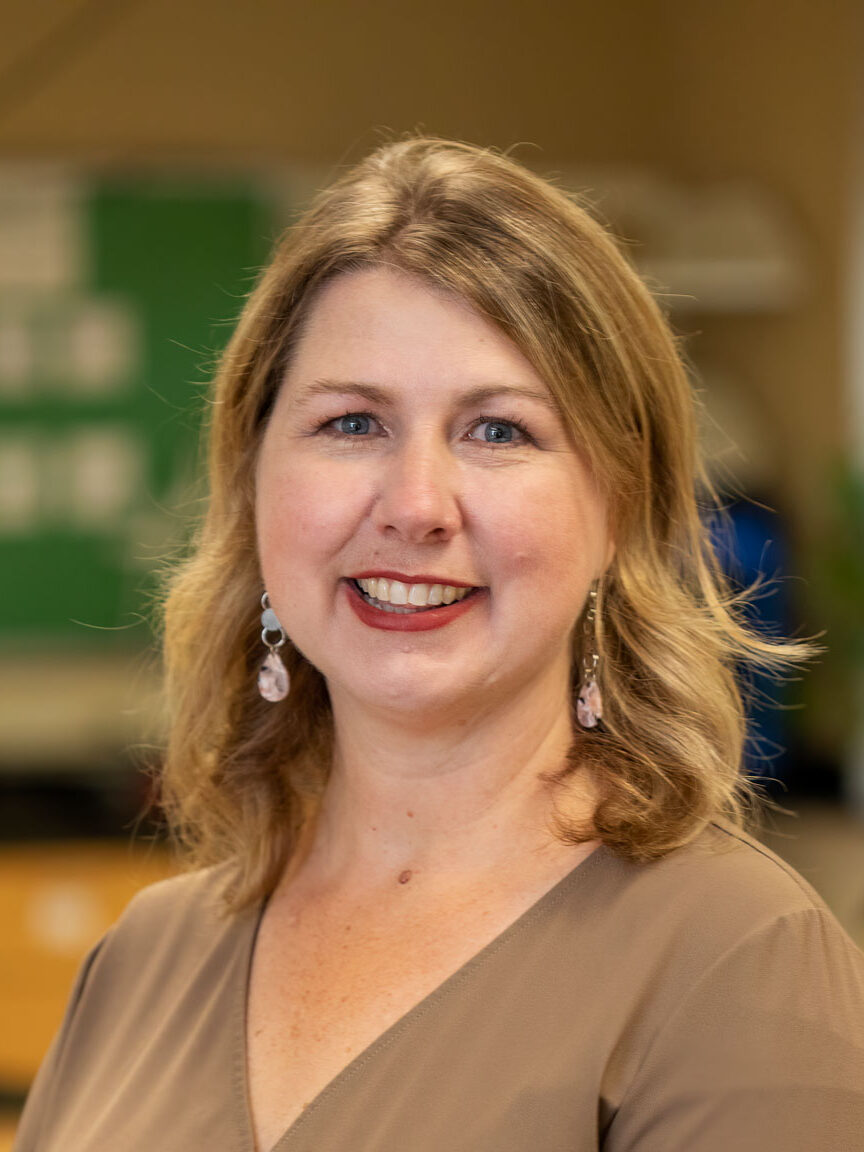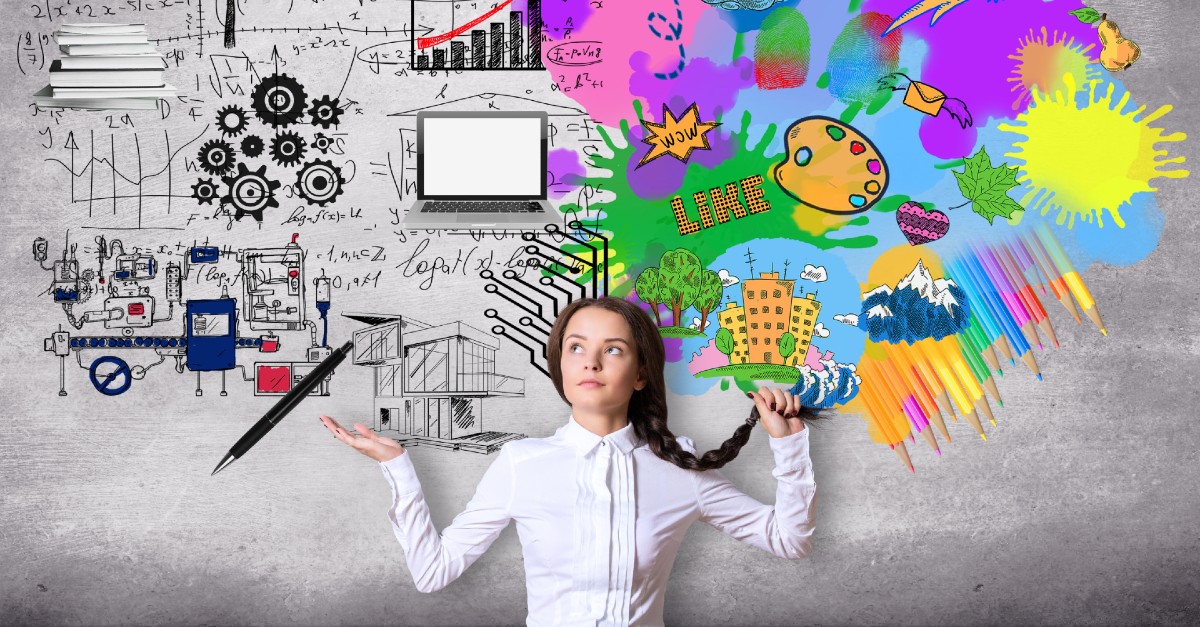There’s a time and a place for linear thinking. If you’re baking a cake, it’s a good idea to follow the recipe to the letter. If I’m ever in a flash mob (one of the big things on my bucket list), I’ll need to perform the steps as choreographed. For most organic activities however – playing, creating, investigating – there should always be an element of freedom. This is particularly true when it comes to student learning.
Sure, lessons need some structure and a basic sense of progression. No one is saying that teachers should give students free reign while they kick back and watch the chaos unfold. But on a macro level, when teaching a specific concept, we tend to create a very linear process for learning. We pour all our energy into lessons which have a clear progression of steps, one building off the next. This can provide us with a sense of assurance that the lesson can be completed in a neat and orderly fashion while also covering all areas of importance.
The Best Laid Plans
Unfortunately, most teachers have learned that these assurances aren’t real. The best-laid lesson plans can easily get derailed by any number of classroom distractions. More importantly, ridged lessons produce ridged thinkers. We don’t want students to memorize a bunch of steps. We want them to develop a growth mindset that’s built on curiosity, creativity, and critical thinking.
Planning will always be an important part of the teaching process. However, if we want our students to grow into flexible thinkers, we’ll need to provide them with hands-on lessons that test their inquiry skills. This means creating room for student-led progression and building up classroom connection. Here are just a few ideas that can help you accomplish these this year:
A Few Ideas
- Project-Based Learning: Project-based learning focuses on creating authentic learning experiences which engage the hearts, heads, and hands of all students. Their hands-on approach allows students to get personally invested in their own learning. It can even create room for social-emotional growth alongside subjects like math, science, and literacy. The best part of PBL is that it gives students the opportunity to make a real impact on the world around them. Whether that means building sustainable habitats or raising money for life-saving micro-loans, the possibilities for learning are practically limitless.
- Flipped Lessons: If virtual learning has taught us one thing, it’s that sometimes it’s helpful to rearrange the order of a lesson. Have students watch a video as homework, on their own time, and then come to class ready to apply their new knowledge. This gives them more control over the pacing of the lesson, allowing them to pause, rewind, and re-play as much as they need. It also gives you more time to observe how they apply their learning in class.
- Flexible Grouping: Having students create their own work groups can be useful, but it also comes with a few drawbacks. Students tend to gravitate toward their friends or students with whom they have worked before. As such, their performance becomes predictable. Try mixing groups up regularly. This will compel them to build better connections with their peers and take on different roles within the group. It will also provide them with different viewpoints on the lesson’s content.
New Year, New Ideas
A new school year means new opportunities for growth, connection, and discovery. While there are still plenty of challenges on the horizon (particularly with COVID-19) we shouldn’t ignore the possibilities at our fingertips. We can help our schools reimagine their educational process by leveraging what we’ve learned during the pandemic and embracing a new style of teaching. All that’s needed is to loosen our grip on the standard lesson plan and give students the chance to experience things hands-on. Remember, flexible minds need flexible lessons!

